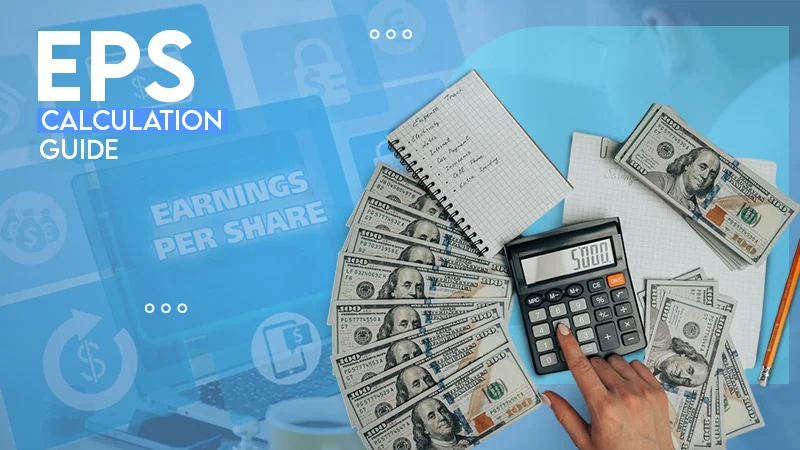
When nearing retirement, many want to be responsible in handling their finances while simultaneously making contributions to some cause that they are deeply passionate about.
Interestingly, in 2022, Americans gave approximately $499 billion to charity, with around 64% of donations coming from individuals.
Qualified Charitable Distributions from IRAs fall right in that great middle ground where you get both done.
Here we explain what QCDs are, their benefits, and how to include them as part of a comprehensive retirement and charitable giving plan.
Understanding Qualified Charitable Distributions
Qualified Charitable Distributions are also known as QCDs. It is a provision in the US tax code that allows individuals aged 70½ or older to directly transfer from the IRAs to qualified charitable organizations.
For people above 73, QCDs count toward the IRA owner’s required minimum distribution (RMD) for the year.
Eligibility and Requirements
An individual must meet this criterion to qualify to make a QCD.
- You must be 70½ or older to be eligible to make a QCD.
- You can only make QCDs from traditional IRAs, SEP IRAs, inherited IRAs, and simple IRAs. One thing to note here is that 401(k) is eligible for QCD.
- The funds transfer must be direct from the IRA to the QCD. The other ways do not qualify.
- To qualify as a QCD, the charity must be a 501(c)(3) public charity. Any other types of organizations are not eligible to receive QCDs.
- Also, there is a limit to the charitable contributions made through IRAs. An individual is limited to only $100,000 in a year to qualify as QCD. In the case of a married couple, each spouse can contribute $100,000 in QCDs from their separate IRAs.
DID YOU KNOW?
According to the Fidelity Charitable Report, The average QCD amount in recent years is around $7,500, though individuals can contribute up to $100,000 annually, as you noted.
How to Make a Qualified Charitable Distribution
Here is the complete process of making a qualified charitable distribution.
- Firstly, the individual must choose a charity that qualifies for QCD.
- Then, contact the IRA custodian and inform them of your intention to make a QCD.
- Also, instruct the IRA custodian to transfer the funds directly from the IRA.
- Once the donation is complete, ask for an acknowledgment receipt from the charity.
Now, the only thing left to do for you is report this on your tax return.
Tax Benefits of Qualified Charitable Distributions
The most significant advantage of QCDs is their potential tax benefits. You must understand these benefits to help make informed decisions about the tax strategy.
Reduction of Taxable Amount
The most obvious benefit is that you will be able to exclude this amount from your taxable income. It means that your adjusted gross income will be lower, which can impact tax calculations.
Unlike normal charitable contributions, which are taken as itemized deductions, QCDs allow you to get tax benefits for your charitable giving even if you take the standard deduction.
The Required Minimum Distributions
Well, as we’ve already mentioned for people over 73, QCDs count toward the IRA owner’s required minimum distribution for the year. It effectively means that you can meet your RMD obligation without increasing your taxable income.
You will also feel right when supporting a charitable organization along with fulfilling a mandatory withdrawal requirement.
State Tax Considerations
Well, QCDs are especially great for federal taxes, but it’s important to note that state tax treatment may vary. Some states go with what the federal government has to say, while others have a different view on it.
Strategic Considerations for Using QCDs
We’ve seen that the tax benefits of QCDs are immense, but you also have to consider how these QCDs fit into your overall strategy. Here are some of the strategic considerations for using QCDs.
When to Consider QCDs
Well, it’s imperative that you consider a few things before deciding on the timings of distributions.
- The starting age of a QCD is 70½ but the RMDs don’t begin until 72. So, most of you have 1½ years to reduce your IRA balance before RMD takes over.
- Contributing yearly to a QCD is a great way to ensure that you meet your RMD requirements.
Coordinating with Other Charitable Giving
In terms of larger charitable contributions, QCDs are a small part of it. You can use QCDs for ongoing annual support for charities. Apart from these, use other assets or strategies for larger, one-time charities.
Estate Planning Implications
There are also estate planning implications of QCDs. With the Reduced size of IRA, there’d be less tax burden on your heirs. QCDs also give you the opportunity to see the impact of your donation.
The Vanguard Charitable Report shares that 59% of retirees cite tax benefits as a motivator for QCDs, as this way, they can bypass the Adjusted Growth Income (AGI) limits on charitable deductions.
Potential Downsides and Considerations
We know that QCDs are a great way to contribute to a charity and save some money on taxation. Apart from all these awesome benefits, QCDs also have some drawbacks.
Here are some drawbacks you should be aware of.
- Overcontribution – Withdrawing more than your RMD amount for QCDs does not help. The excess amount cannot be carried over to count for future QCDs.
- Lack of Acknowledgement – You must ensure that you get acknowledgment from the charity. It would be needed for tax reporting.
- Indirect Transfers – We informed you that the transfer has to be direct from the IRA to the charity. So, if you withdraw the money from your account and then donate it to a charity, it won’t count.
- Ineligible Charities – We also advised you on the eligibility of the charities. You must verify that the charity you’re donating to is a 501(c)(3) public charity, otherwise the donation will not be counted.
Conclusion
Qualified Charitable Distributions from IRAs are an effective choice for those who want to advocate for charitable causes during their retirement while reducing their tax burden. To those people, QCDs are a tax-efficient vehicle for satisfying RMDs in retirement.
As with any other financial strategy, it is great to fit QCDs into the larger retirement and estate plan. Keeping tax benefits in mind, the fundamental value of QCDs is to create an alignment between personal values and financial planning.
Well, it is advised that you consult with a financial advisor and tax professional for personalized advice on finances.
In the end, we’d like to say that with careful planning and execution, QCDs can be a win-win.






